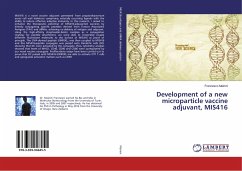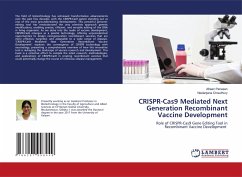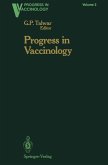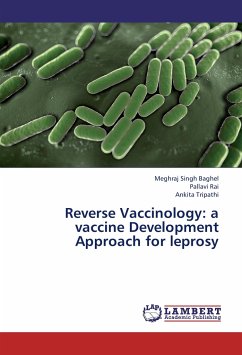MIS416 is a novel vaccine adjuvant generated from propionibacterium acnes cell wall skeletons comprising naturally occurring ligands with the ability to induce effective adaptive immunity. In this research, I aimed to enhance the therapeutic potential of MIS416-adjuvanted vaccines by directly conjugating specific peptides derived from Tumors Associated Antigens (TAA) and siRNAs, achieving co-delivery of antigen and adjuvant. Using the high-affintiy streptavidin-biotin complex as a conjugation strategy for peptide attachment, we were able to irreversibly couple different fluorescent molecules to the surface of MIS416 as proof of principle. The OVA-derived peptide SIINFEKL, was then coupled to MIS416 and this MIS416-peptide conjugate was pulsed onto Dendritic cells (DC) showing that DC were activated by the conjugate. Flow cytometry analysis showed that levels of MHCII, CD40, CD80 and CD86 were upregulated by our novel vaccine conjugate. Proliferations assays have been carried out to prove that DC pulsed with MIS416-SIINFEKL are able to activate OT1 T cells and upregulate activation markers such as CD69.
Bitte wählen Sie Ihr Anliegen aus.
Rechnungen
Retourenschein anfordern
Bestellstatus
Storno








